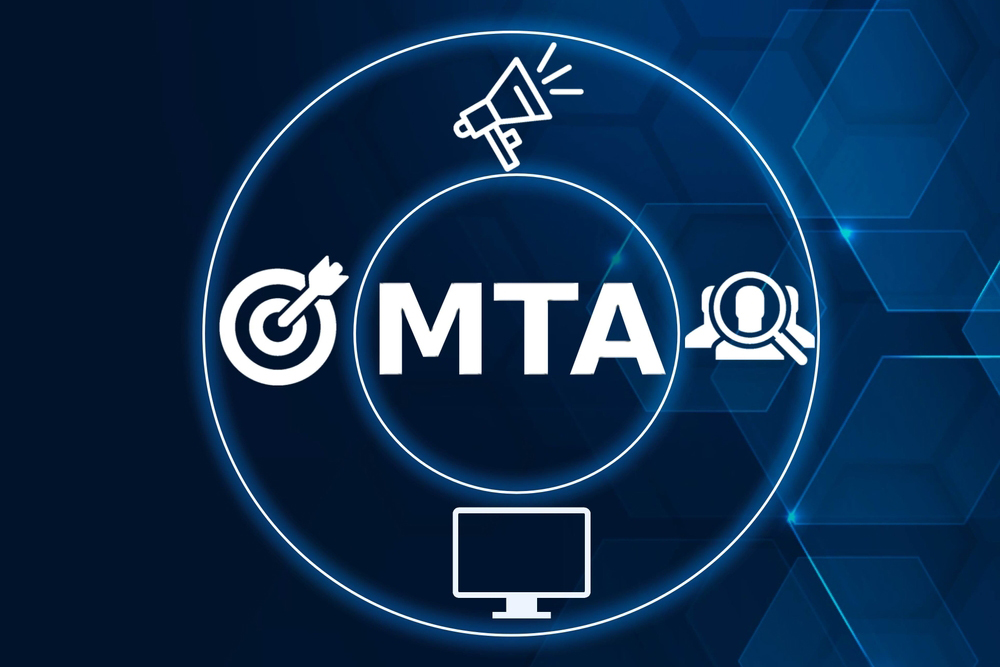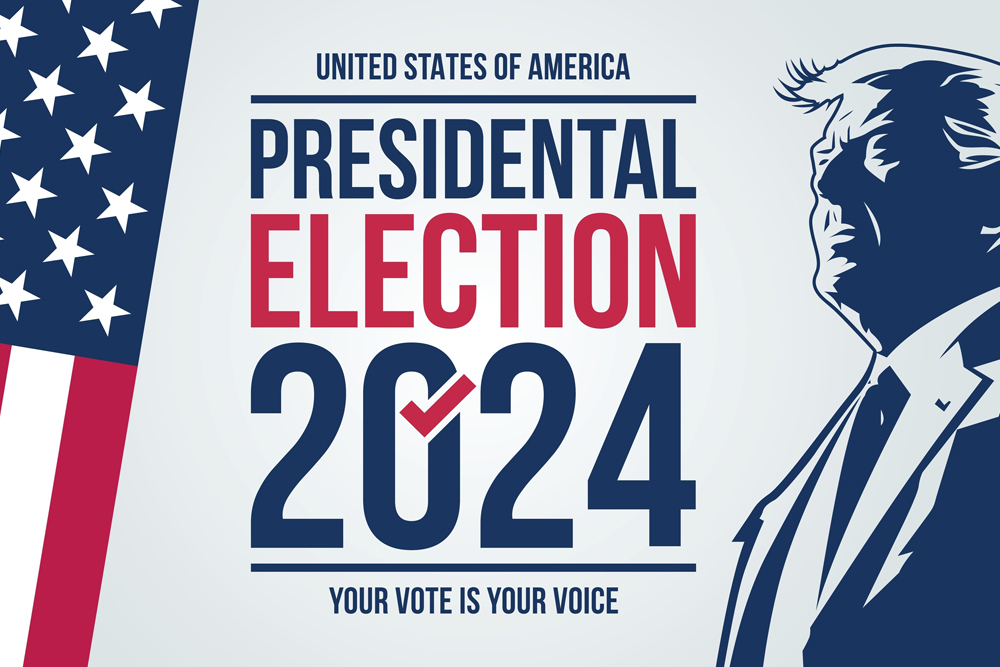What Are the Common Pitfalls of Multi-Touch Attribution Models and How Can You Avoid Them?
In today’s complex digital marketing landscape, multi-touch attribution (MTA) models have become a vital tool for understanding customer journeys. These models aim to assign credit for conversions across various touchpoints, offering a clearer picture of what drives sales and engagement. However, while MTA models can provide valuable insights, they are far from perfect. Missteps in implementation or interpretation can lead to skewed data, inefficient campaigns, and wasted resources. Most common pitfalls of multi-touch attribution models and provide actionable strategies to avoid these issues. Common Pitfalls of Multi-Touch Attribution Models 1. Data Silos and Incomplete Data One of the primary challenges of MTA is dealing
Impact of the Trump Election on Small Business and Market Sentiment
The election of Donald Trump to the presidency is already shaping the business and economic landscape, sparking a spectrum of reactions from optimism to uncertainty. For small businesses, understanding the ripple effects of this political shift is crucial to crafting strategies that can withstand potential fluctuations in market sentiment. At Golden Seller Marketing, with a proven 94% success rate in helping businesses navigate complex market dynamics, we’ve analyzed how this change may influence small businesses and what strategies can drive success in the evolving environment. Market Sentiment: A Mixed Bag of Reactions Market sentiment, a barometer of economic confidence, often reflects consumer and
How Can Marketers Leverage Optimal Stopping to Improve Conversion Rates?
In the fast-paced digital landscape, where consumers are inundated with choices, decision fatigue is a real challenge. It’s a scenario marketers grapple with daily—how to guide potential customers toward making a confident purchase decision without overwhelming them. Enter the principle of optimal stopping, a mathematical and psychological concept that offers a structured approach to help consumers decide when they’ve found a satisfactory option. Optimal stopping isn’t just an abstract theory; it has real-world applications in marketing. By using it strategically, businesses can streamline decision-making, enhance user experiences, and significantly improve conversion rates. Let’s dive into what optimal stopping is, how it
What Role Does Optimal Stopping Play in Reducing Consumer Decision Fatigue and How Can It Lead to Faster Purchases?
In today’s saturated marketplace, consumers are bombarded with endless choices—whether shopping online or offline. While this abundance of options may seem like a win for consumers, it often results in a psychological phenomenon known as decision fatigue. This mental exhaustion from making too many decisions can lead to analysis paralysis or rushed, regrettable choices. Optimal stopping, a strategy derived from mathematics and behavioral science, emerges as a solution to alleviate decision fatigue and accelerate consumer purchases. By leveraging marketing psychology and applying optimal stopping principles, businesses can guide consumers to make confident, timely decisions. Here’s a deep dive into what optimal




